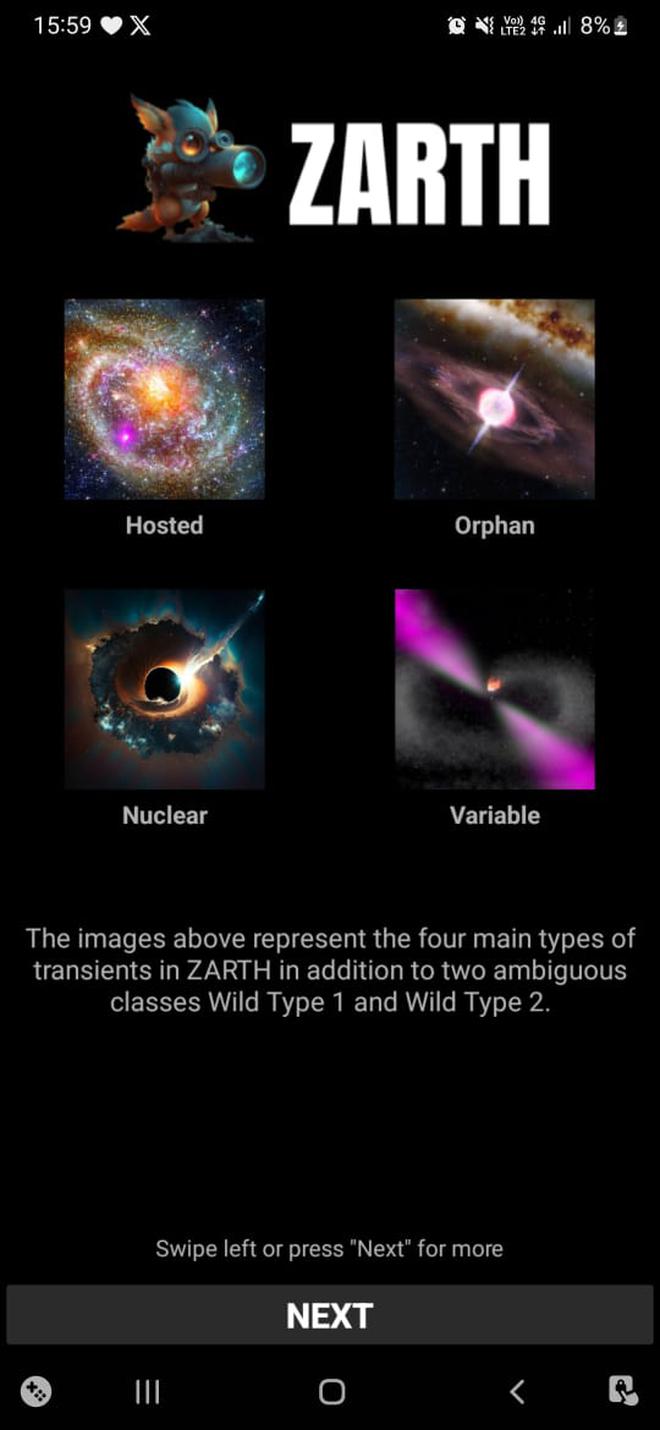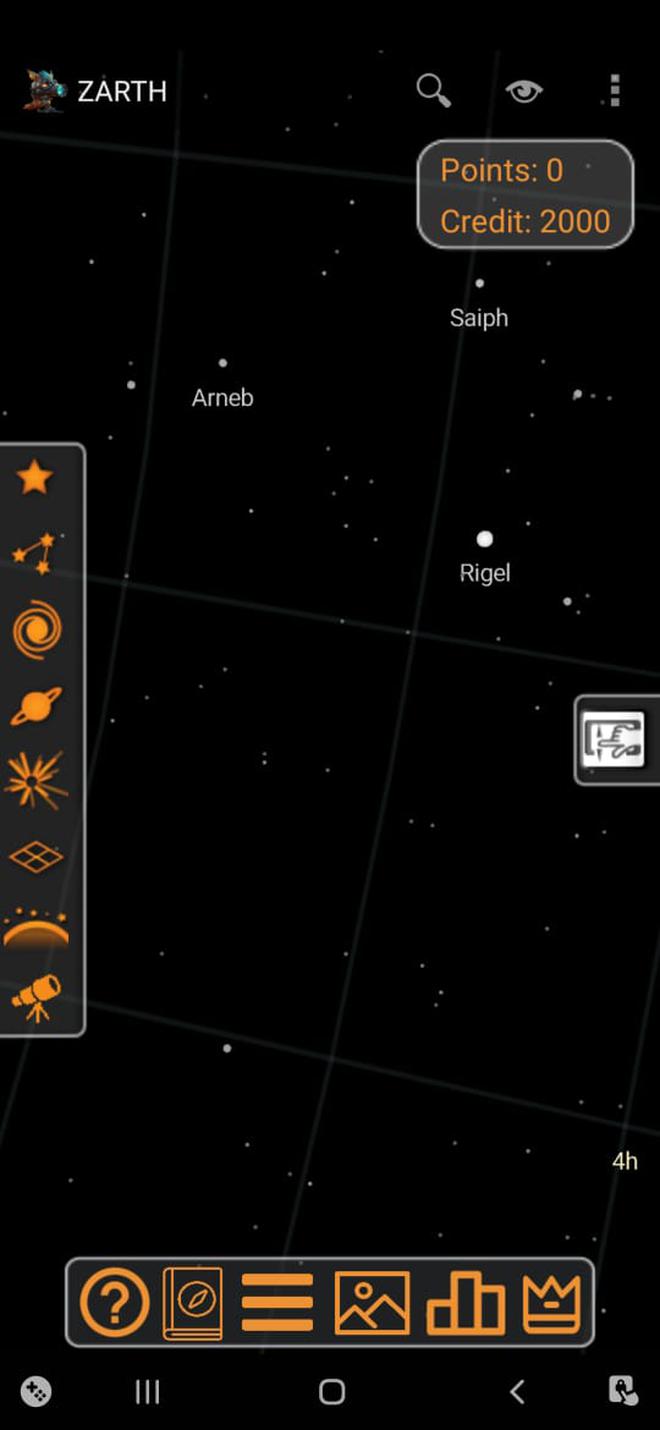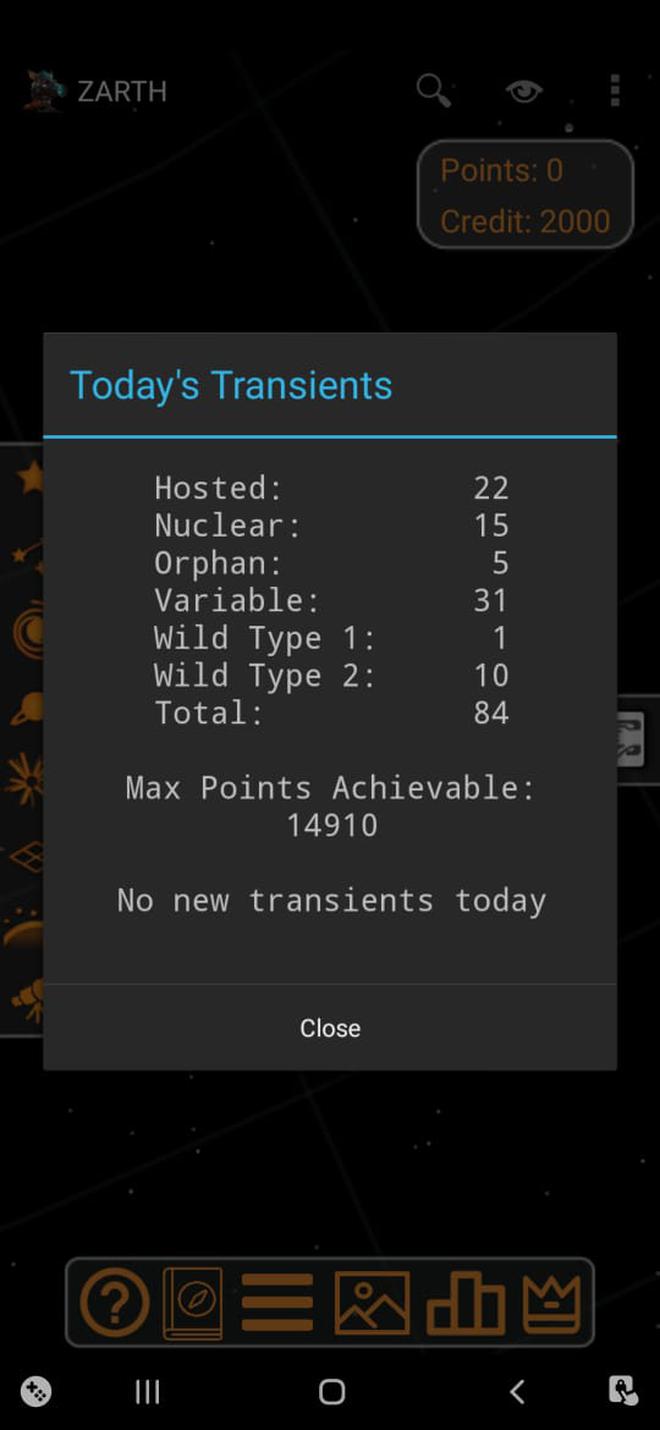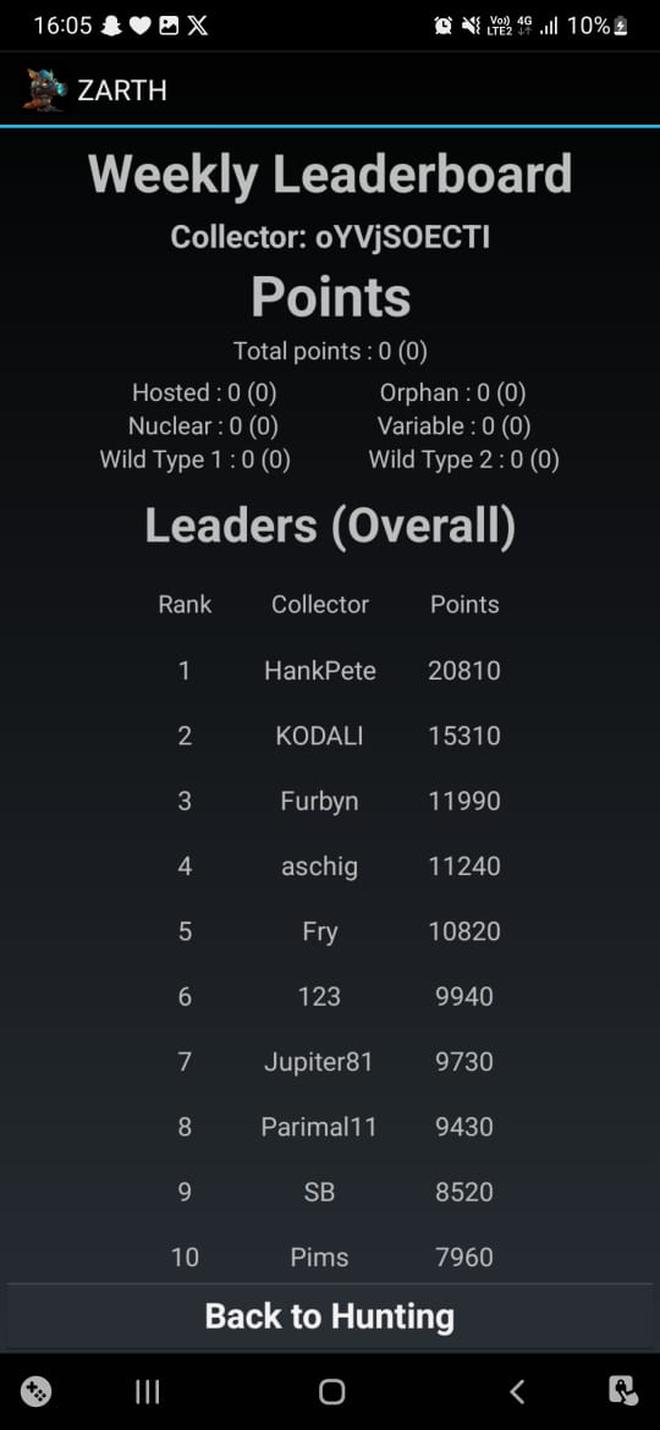A clear night sky can be deceptively calm, stars shimmering across its inky blackness and the occasional meteor or satellite flitting across your field of view. But this serenity hides a violent universe where planets, asteroids, and comets move constantly, where stars are born and die in explosive supernovae, and black holes – the incredibly dense debris of dead stars – spin and collide, ripping apart spacetime itself.
Astronomers have a grandstand view of this dynamic cosmos every time they peer through their telescopes. But now technology has made it possible for any space enthusiast, too, to watch these cosmic events called transients (typically lasting fractions of a second to days or even years), with the help of nothing more than a smartphone.
Pocket planetaria
The ubiquitous smartphone is a powerful tool to collect astronomy data not just for the professional astronomer but for the casual stargazer as well. Just install the right apps on your phone and voila! It transforms into a powerful pocket toolkit, its compass and gyro sensors precisely aligning your telescope, or binoculars, with the focus of your observation in the sky. And since smartphones these days have amazing cameras, apps can further extend their low-light capabilities so that, once paired with a telescope, the phone turns into a veritable looking glass to the heavens.
There are space-focused apps galore for both Android and iOS phones that can be downloaded – many are free – to help you find and record objects and astronomical phenomena in the night sky. The Google Sky Map, for example, is described as “a hand-held planetarium for your Android device” and can locate and identify stars, planets, and nebulae (enormous clouds of gas and dust in interstellar space) in seconds. NASA’s free smartphone app, one of the most popular all-in-one space-focused apps around, does even more: besides helping you find your way around the sky, it also provides images, videos, and exclusive updates on current and scheduled space missions.
Nevertheless, an exclusive app for finding optical transients, transients which can be observed in visible light, has been missing – until now.
Inspired by Pokemon Go
A team of researchers led by Ashish Mahabal, an astronomer and the lead computational and data scientist at the Center for Data Driven Discovery, California Institute of Technology, has developed an app that allows anyone with a smartphone to ‘hunt’ for transients.
The app uses the open-source Sky Map and adds data daily from the Zwicky Transient Facility (ZTF)’s robotic telescope at the Palomar Observatory in California. Palomar is also home to one of the oldest, largest, and most powerful telescopes in the world: the 200-inch Hale reflector. The ZTF scans the entire northern sky every two days and uses the data to make large area sky maps that have important applications in tracking near-earth asteroids and studying supernovae.
The new app, called ZARTH, short for ‘ZTF Augmented Reality Transient Hunter’, is built along the lines of the augmented reality mobile game Pokemon Go. Its USP is that it allows the user to do serious science while playing a game. Students from the Indian Institutes of Technology at Mandi and Gandhinagar were also involved in developing ZARTH, under the guidance of Dr. Mahabal, who drew inspiration from Pokemon Go.

“I was playing Pokemon Go in 2016 when I noticed the similarities between the Pokemon families and optical transients,” he told The Hindu via email. Based on that, his team developed a prototype game in which players had to “catch” transients instead of fantastic creatures such as ‘poke balls’ (devices used in the online game to catch a Pokemon). Once a player catches a transient, ZARTH shares more information about it, earn points, and go on to collect more transients.

New transients daily
Tracking down transients on ZARTH is easy: the app is loaded daily with transients detected in real-time by the ZTF, an incredible 100,000 every night. These include, apart from supernovae, flaring stars (variable stars that flare up for a short while), white dwarf binaries (burnt remains of dead stars that orbit one another and often merge and explode in supernovae), active galactic nuclei, and several other types.

“ZARTH puts only around 200 of these on the app so that the phone doesn’t get cluttered with the data,” Dr. Mahabal said. “The dynamic aspects of ZARTH make it unique, not just in terms of possible interactivity, but also the fact that every day there are new transients that were detected just the previous night.”
The player can touch any transient to “catch” it and move up on the leaderboard. “The maximum credit limit depends on the number of transients you catch in one night. The idea is to pick a transient which has had the most number of spectra taken by astronomers to study its characteristics, which decides its importance or rarity.”

ZARTH ranks transients by their rarity and importance, and players can compete with each other to score points and earn daily credits, which are duly listed on the leaderboards. According to Dr. Mahabal, “The prototype has been evolving ever since with the help of many people, and it was released on July 12 as a mobile app game for astronomy outreach.”
ZTF researchers hope that ZARTH will help augment the data on transients as more and more citizen scientists devote their time to it. “Feedback on these would be the kind that may help improve our machine learning algorithms, especially if users find a certain pattern across multiple such sources,” said Dr. Mahabal.
ZARTH in classrooms
Dr. Mahabal also hopes to introduce the app in school and college classrooms. “Right now, we are intending this as mainly outreach despite the vast potential for incorporating it into STEM and also doing citizen science,” he said. The main reason is the resources it would require. “For STEM, I am in the process of writing a couple of one-to-two page documents that middle school, high school and college teachers could take and use within their classrooms. A science teacher can focus on, say, one transient every week in a class, compare different transients based on their galactic or extragalactic origins, and also have competitions for the students.”
ZARTH’s potential is unmistakable as it will encourage other facilities around the world to implement something similar to the ZTF surveys for astronomical transients. Although the app is now used only on Android phones, its developers plan to have it soon on iPhones, which currently don’t have an equivalent to the open-source Sky Map.
As astronomers increasingly turn to machine-learning and artificial intelligence to study transients, apps like ZARTH will raise the bar for detecting rare and new astronomical events dramatically. With such human-AI collaboration, astronomers and smartphone-toting citizen scientists can look forward to exciting discoveries.
Prakash Chandra is a science writer.







